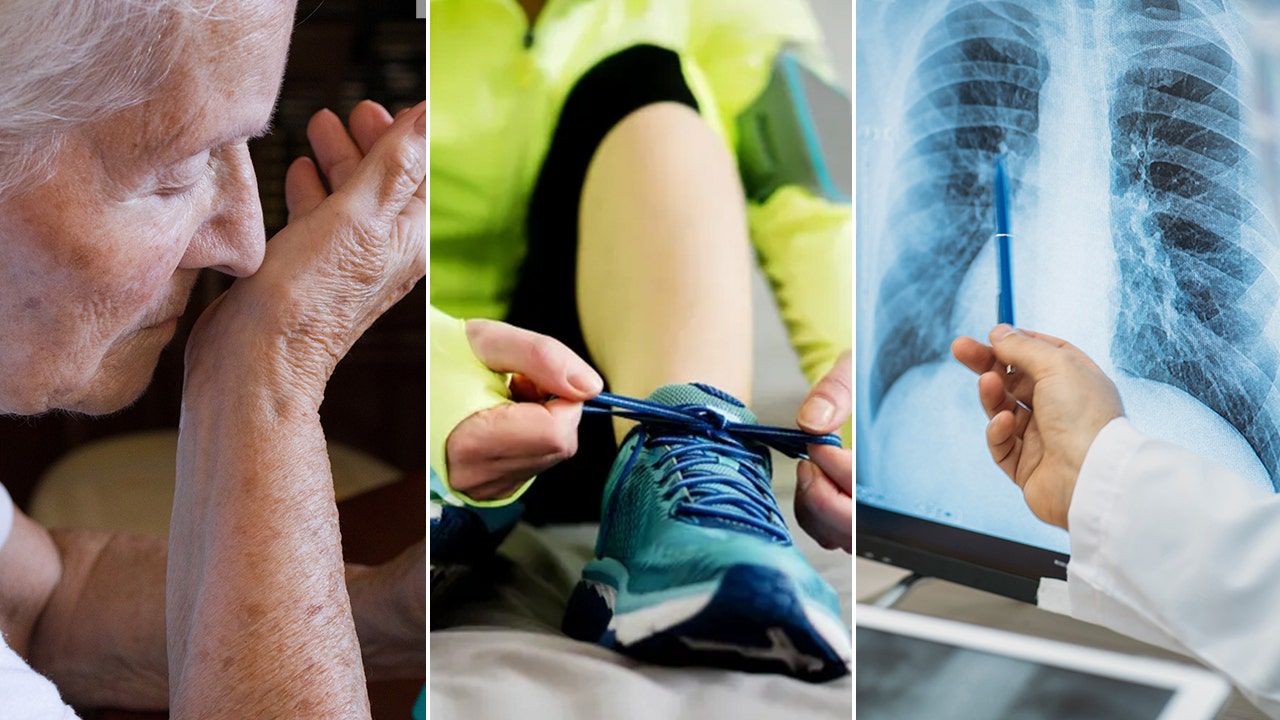How one family’s tragedies helped unlock a cause of sudden cardiac arrest
;Resize=(620))
Sudden cardiac arrest hits some 60,000 Canadians out of hospital each year. The heart abruptly stops beating, blood circulation and breathing halts, and when it happens outside a hospital, it’s fatal in about 90 per cent of those cases.
While there are sometimes prior warning signs, such as fainting when exercising, in many cases sudden cardiac arrest is completely unexpected. Tests on survivors often don’t reveal an explanation, leaving people searching for answers.
That was the case for nearly three decades for Lauren Philion and her family in southwestern Ontario.
In the early 1990s, after collapsing on three previous occasions, her sister Jennifer died of a sudden cardiac arrest at the age of 18. In 2016, her brother Peter collapsed and died while playing baseball. He was 34 and recently married.
In between those two tragedies, Philion herself survived a sudden cardiac arrest, collapsing at an aerobics class when she was in her early 30s.
Cardiologists ran all the available screening such as electrocardiograms and cardiac stress tests on Philion and her siblings — including on Jennifer and Peter before their deaths — yet couldn’t pinpoint a heart problem.
“Nothing showed up on any of the tests,” Philion said in an interview at her home near London, Ont. “All came back fine. All came back negative.”
After Lauren Philion lost a brother and a sister to sudden cardiac arrest, and almost died herself, extensive study of her family’s history has helped lead Canadian researchers to a discovery they hope will help save lives.
But now, the family’s genetic history has helped lead a team of Canadian researchers to uncover a previously unknown syndrome that causes sudden cardiac arrest, and a way of testing for it.
It’s called calcium release deficiency syndrome. It’s linked to a variation in one gene, known as RYR2, which causes a buildup of calcium in heart cells that can eventually burst, releasing a large amount of calcium all at once, triggering a cardiac arrest.
The syndrome had until now been undetectable, with patients often showing no apparent symptoms before their first sudden cardiac arrest.
‘We had no answers for them’
The discovery is the result of collaboration by Dr. Jason Roberts, a cardiologist at McMaster University in Hamilton, Ont., and Wayne Chen, a professor and microbiologist at the University of Calgary.
Roberts, who specializes in genetic arrhythmias (irregular heartbeats) started working on the case of Philion and her siblings nearly a decade ago.
“We had no answers for them,” Roberts said. “We had no idea whether or not we’d wake up the next day and we’d hear that a brother or sister had had a similarly tragic fate.”
He said he suspected that a single gene was behind the siblings’ cardiac arrests. But the challenge turned out to be bigger than just finding that gene.

DNA analysis had shown the siblings all had a variation in the coding of the RYR2 gene. Changes to that gene have long been known to cause overactive heartbeats that can trigger cardiac arrest. However, that wasn’t what was showing on Philion’s or her brother’s electrocardiograms (ECGs).
As a precaution following her cardiac arrest, Philion had been given an implanted defibrillator. While she strived to go on with her life and live it fully, fear lurked in the background.
“Every time I would exercise and get that heart rate up, I would panic and think something bad was going to happen,” Philion said. “I would think, ‘Oh my God, this is it, I’m done.'”
Bronny James among those who suffered sudden cardiac arrest
Sudden cardiac arrest can strike athletic, otherwise healthy people, such as teenage basketball star Bronny James and Buffalo Bills safety Damar Hamlin, both of whom survived.
Cardiologists explain that it’s not the same as a heart attack, which is when a blocked artery reduces the oxygen supply and damages the muscle of the heart. Sudden cardiac arrest stems from problems with the heart’s electrical system.
While heart ultrasounds, ECGs and scans of the coronary arteries can reveal the cause of many cardiac arrests, researchers worldwide are trying to find the reasons behind those that remain unexplained. Now this Canadian collaboration has uncovered one such cause.
“A cardiac arrest is a huge deal,” said Roberts. “It’s so important to do exhaustive workups to try to figure out what the underlying cause was.”
Roberts — who is also a scientist at the Population Health Research Institute, jointly run by McMaster University and Hamilton Health Sciences — sent DNA samples from Philion and her two deceased siblings to Calgary, where Chen was searching for new genetic links to sudden cardiac arrest.
Syndrome was ‘basically undetectable’
Once the researchers discovered calcium release deficiency syndrome (CRDS), they needed to find out how to detect it on a clinical test, rather than through costly and time-consuming genetic analysis.
“We needed to come up with a diagnostic test for this syndrome that was basically undetectable,” said Chen.
Building from work Chen had done on mice, the team found strong evidence that the heart of a human CRDS patient exhibits a particular pattern on an ECG after being stimulated to 150 beats per minute for a short period of time, then resting.
It’s a test that has never before been part of the cardiologist’s standard arsenal.

“I’m so gratified and so thrilled that the first test was working in humans,” said Chen. “I’m really happy that the work that we have done can be of benefit so quickly.”
Their work was recently published in the Journal of the American Medical Association, along with a note from the journal’s editors saying there was an urgent need to publish even though it examined only 10 people with the genetic syndrome.
Chen and Roberts are now in the process of trying to replicate their findings on a far larger sample size, in the hope that it will lead to worldwide testing for CRDS.
“It’s really quite impressive what they’ve done,” said Dr. Mali Worme, a cardiologist at Toronto’s University Health Network who was not involved in Chen and Roberts’s research.

“I think it can add potentially to the future diagnostic tools we have for what would otherwise be an unexplained cardiac arrest,” said Worme.
Their work has provided some answers for Philion about what happened to her and her siblings, and why no one could explain it at the time.
“It’s kind of bittersweet,” she said. “I’m ecstatic that somebody else isn’t going to lose a brother or sister or mom or dad or a child. Obviously it hurts that it came at the cost of my brother and sister.”
The discovery also provides Philion some huge relief about the future. Her three children and her two surviving brothers have all been tested for the genetic variation that causes CRDS. None of them have it.




